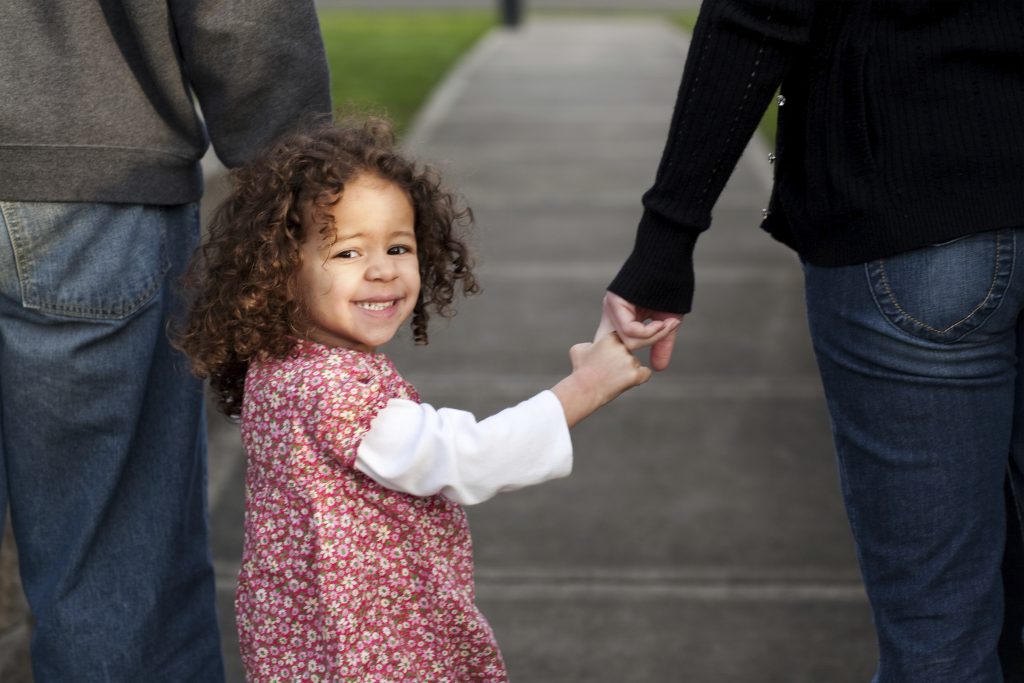Walking is a healthy way for children to explore their environment and develop independence. However, children can be injured while walking and these injuries can be severe when children are hit by motor vehicle drivers.
18 children from birth to 14 years old were killed in pedestrian incidents in Canada in 2023. On average, there are about 1,000 child pedestrian injuries each year.
Injuries to child pedestrians are often severe. They may be left with long-term disabilities, emotional strain and financial burdens that can last a lifetime. In addition, the total cost of pedestrian injuries in Canada for children from birth to 14 years old was $46 million in 2018.
Reduce your driving speed to make roads safer
A pedestrian struck by a car travelling at 50 km/h is almost six times more likely to be killed than a pedestrian struck at 30 km/h.
Expect children to be children. Making the environment safer increases the likelihood that children, should they be hit by a vehicle, will survive.
Safety tips for parents and children
Younger children need to develop the cognitive and physical skills to make safe judgments about road crossing and traffic. It very much depends on the complexity of the street environment. Young children can navigate simple street structure but the skills to navigate more complex environments develop around the ages of 9 to 11.
Their experience, an adult’s presence and guidance can help reduce the risk of injury. While your children are developing skills, walk with your children and talk to them about pedestrian safety.
To cross a street safely by themselves, children need three important skills:
- Able to decide on and use a safe crossing route.
- Able to properly assess a vehicle’s speed.
- Able to judge safe gaps in traffic.
To help decide when your child is ready to cross by themselves, you should think about the streets that your child will be crossing (e.g., on the way to school) and assess if your child has all three skills. If they don’t, they will still need to walk with you or another adult.
Begin to teach your child about pedestrian safety once your child reaches the toddler stage.

- Many young children are fascinated by cars and trucks: use that fascination to talk about how vehicles must share the roads and how they can harm people who walk or cycle because vehicles are so big, heavy and travel fast.
- A two-year-old child riding in a stroller can understand that cars belong on the road and people belong on the sidewalk.
- A three- or four-year-old child can be taught that they must always hold your hand when crossing the street. They can help you look both ways to watch for cars and can learn that it’s not safe to run out into the road, even after their favourite toy.
Be a role model.
Talk to your child about safe pedestrian practices while you walk. Over time, your frequent demonstrations will become ingrained in their approach to crossing roads. But remember, if you jaywalk, or run across a street against a light with your child while walking, you can expect them to do the same thing when they are crossing the street independently. Ask others who are responsible for your child’s welfare (older siblings, grandparents, daycare staff) to discuss safe crossing when they accompany your child on outings.
Talk about what you do before you cross a road.
Teach your child to use their eyes and their ears. Always, think, look and listen, even if there is a crossing guard, or traffic signals, to assist them.
- Teach them to stop at the curb, look left, right and left again, and to listen for oncoming traffic. When the way is clear, or all the cars at the crosswalk or intersection have come to a full stop, teach your child to cross the road and not to double back or run. Children should be told not to cross between parked cars, or in the middle of a street, but at a corner or marked crosswalk.
- Also, they should treat driveways and alleyways as “mini roads” and watch for moving cars. If there are no sidewalks, children should walk in a single file, away from the road, facing traffic. After a while, these behaviours will become second nature to your child.
Build on earlier conversations with information appropriate to your child’s level of understanding.
Discussions can come naturally, as there are many opportunities and circumstances that invite a brief comment or teaching moment:
- When weather conditions change (e.g., snow, fog, rain).
- When a ball goes onto the road.
- When witnessing jaywalking or other unsafe pedestrian behaviours.
- When taking, or deciding on, a new route to school or the playground.
- When visiting a new place.
- When moving to a new neighbourhood.
- When it’s your child’s first time walking with friends.
- When your child is preparing to walk alone for the first time.
Did you know?
- Pedestrians are vulnerable: they are 284 times more likely to be killed or injured in a crash than drivers or passengers in vehicles.
- Most child pedestrian injuries and deaths occur in urban areas. However, when a pedestrian is hit on a rural road, the result is more likely to be fatal because of higher vehicle speeds, lack of proper pedestrian walkways and larger distance to a trauma centre.
- Most child pedestrian injuries and deaths occur during the after-school hours between 3 p.m. and 7 p.m.
- Child pedestrians are most often hurt in the months of September, October and November, followed by May and June.
Social factors that increase pedestrian injury rates
Parachute recognizes that where you live, whether that’s in the city versus the country, or in a high- or low-income neighbourhood, affects the chances you or your child have of being injured as a pedestrian. By taking proactive measures such as improving access to health services, education, employment income, quality housing and social environments, we decrease rates of injury. Not everyone has the ability to influence or control their environment. These tips for preventing pedestrian injury need to be coupled with changes to built environments, such as traffic signals for pedestrians to cross ahead of cars, and by-law enforcement of things such as speed limits. These decrease rates of injury for everyone.
